The word ‘desert’ often conjures images of endless dunes, scorching temperatures, and barren landscapes devoid of life. While these characteristics define many deserts, the Earth’s arid regions harbor some of the most extraordinary and unexpected landscapes on our planet.
From kaleidoscopic mineral deposits to lakes appearing like mirages in the sand, desert environments have evolved in ways that challenge our conventional understanding of these seemingly desolate places. Here is a list of 20 desert landscapes that defy expectations and showcase nature’s remarkable creativity in the most unlikely places:
White Desert, Egypt
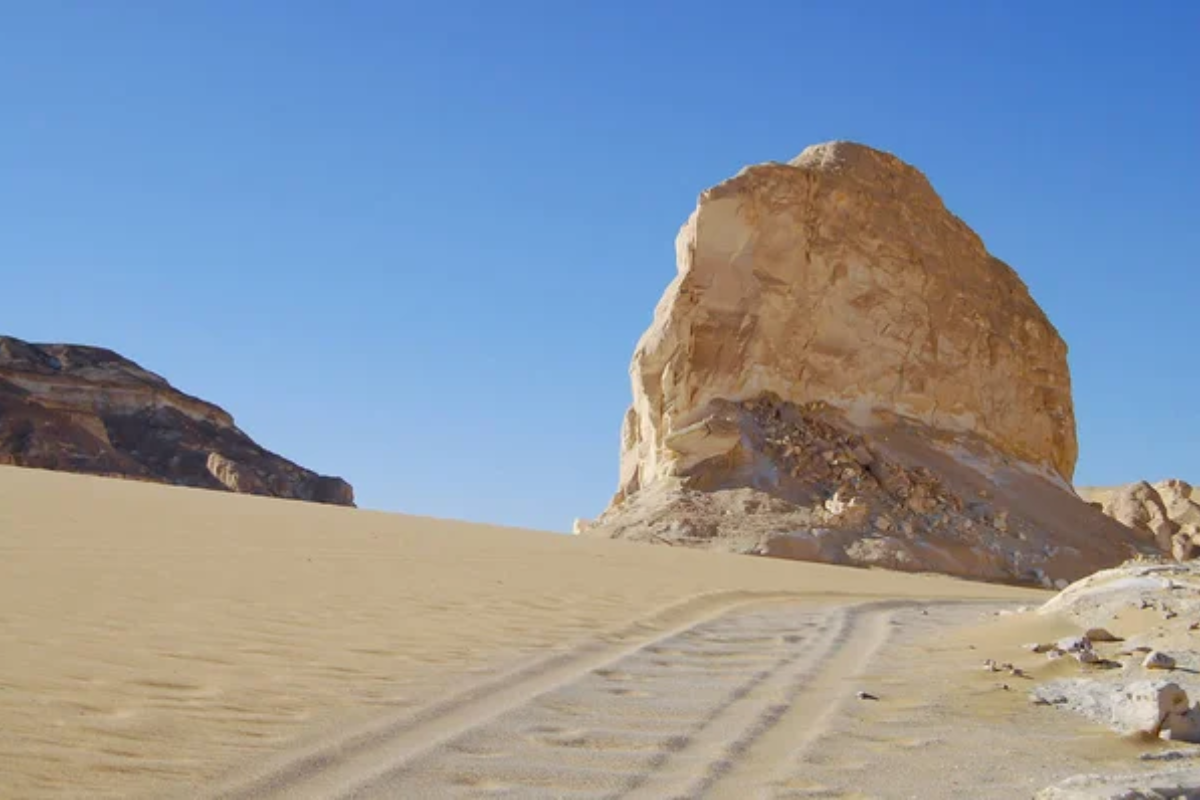
Surreal chalk formations emerge from the sand like an otherworldly sculpture garden in Egypt’s Western Desert, creating an arctic-like landscape in the middle of the Sahara. Wind erosion has shaped these white calcium rock formations into mushroom-shaped pillars and ice cream cone-like spires that appear to glow under the moonlight.
The stark contrast between the creamy white formations and the golden sand surrounding them creates an almost dreamlike environment that seems transplanted from another planet.
Lençóis Maranhenses, Brazil
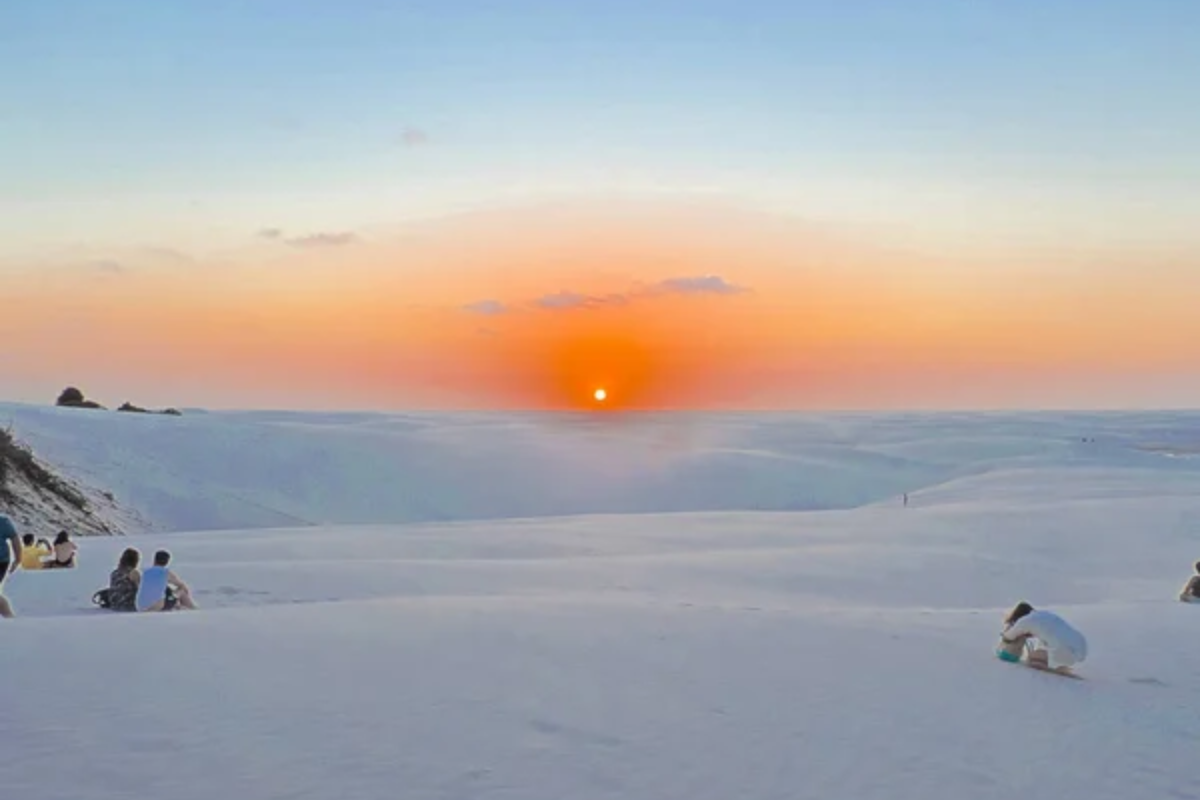
Vast stretches of towering white sand dunes transform into a landscape of thousands of crystal-clear blue lagoons during the rainy season in this coastal Brazilian wonderland. Despite receiving nearly 50 inches of annual rainfall, this area isn’t technically a desert but presents a desert-like landscape that undergoes an astonishing metamorphosis.
The lagoons form between the dunes when impermeable rock beneath the sand prevents rainwater from draining away, creating a mesmerizing patchwork of azure pools amid pristine white sands.
Like Travel Pug’s content? Follow us on MSN.
Danakil Depression, Ethiopia
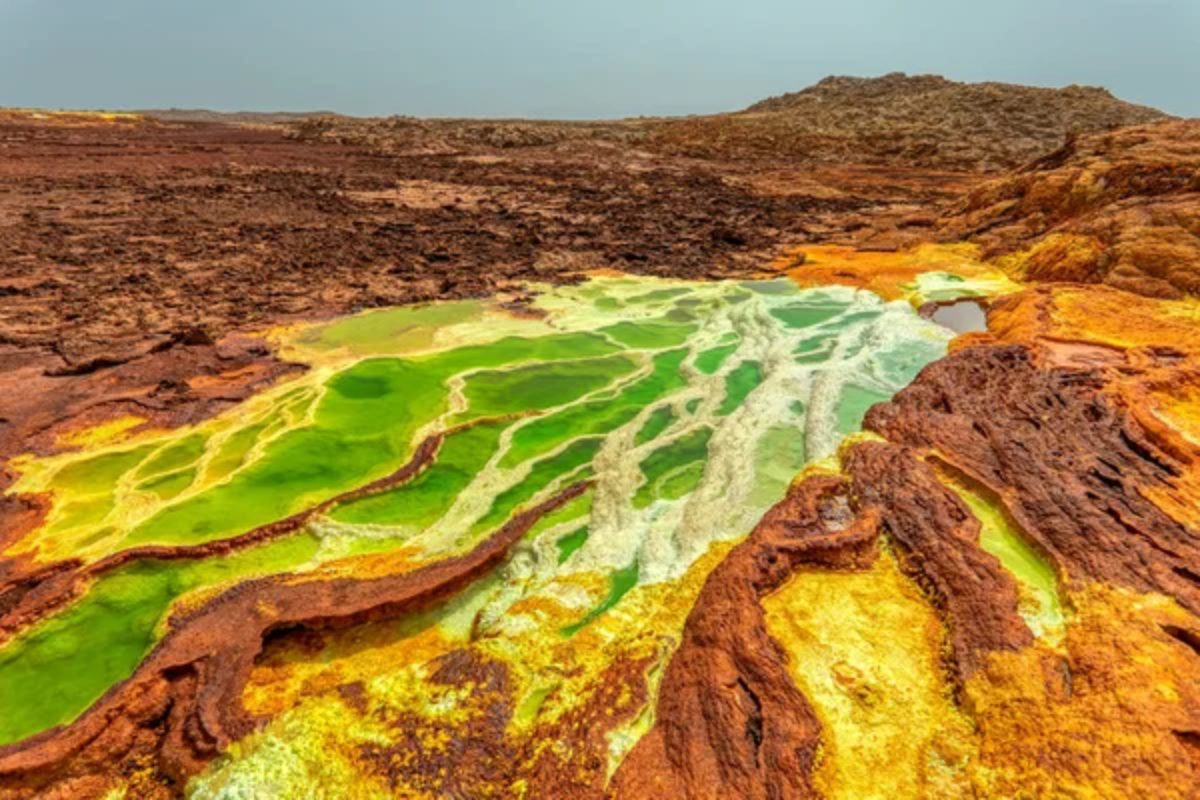
Technicolor hot springs, bubbling lava lakes, and acid pools create an otherworldly landscape in one of the hottest and most inhospitable places on Earth. The surreal terrain showcases vibrant yellows, greens, and reds from mineral deposits and bacterial mats that flourish in the extreme conditions.
Often described as “the gateway to hell,” this geological wonder sits at the junction of three tectonic plates where the Earth’s crust is actively pulling apart, creating a living laboratory of geological processes.
Salar de Uyuni, Bolivia
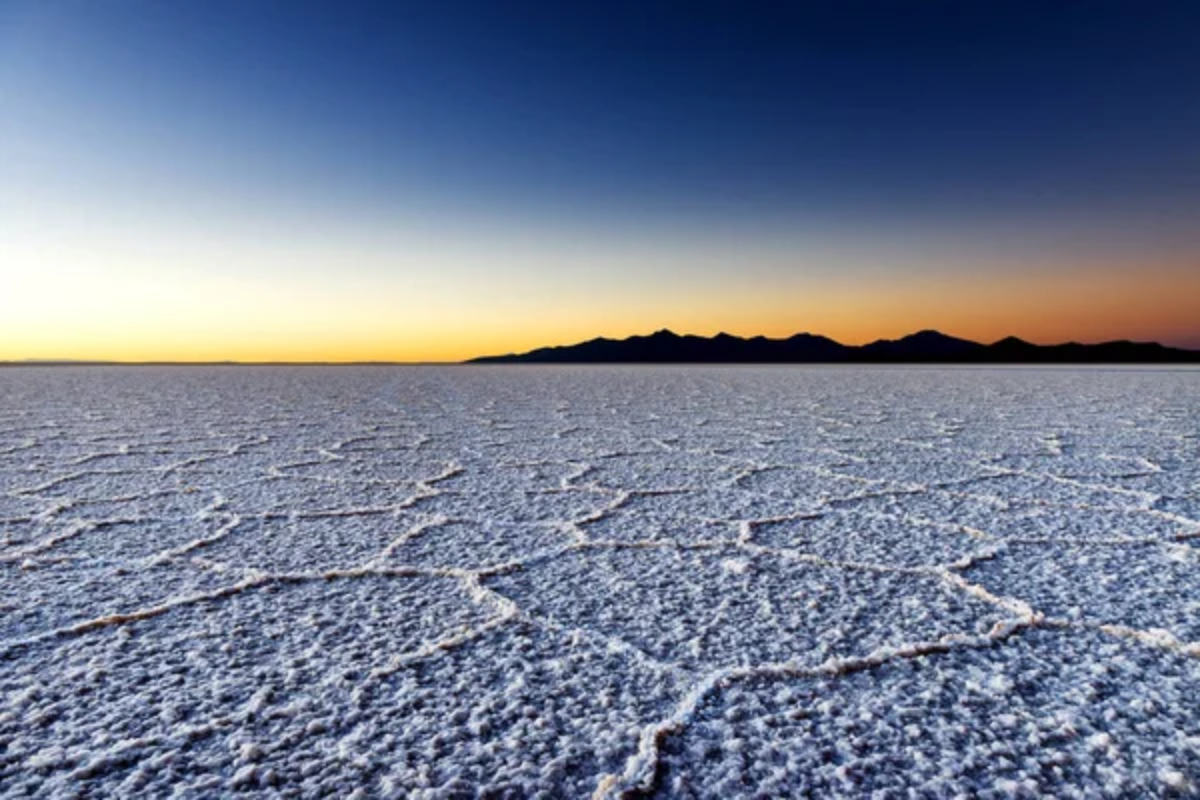
The world’s largest salt flat transforms into an immense mirror during the rainy season, creating a dreamlike landscape where sky and earth become indistinguishable. Covering over 4,000 square miles at high altitude, this prehistoric lake bed contains extraordinary concentrations of salt and lithium.
The perfectly flat surface creates mind-bending perspective illusions that have made it a favorite location for photographers seeking to capture surreal images that play with scale and reflection.
Wave Rock, Australia

Nature’s perfect simulation of a massive ocean wave frozen in stone rises 49 feet above the Western Australian outback. The distinctive rock formation, scientifically known as a flared slope, displays vibrant bands of red, yellow, and gray created by mineral runoff over thousands of years.
Indigenous peoples have revered this natural wonder for millennia, while geologists marvel at how weathering processes have sculpted such a perfect wave-like form from solid granite.
Like Travel Pug’s content? Follow us on MSN.
Painted Desert, Arizona
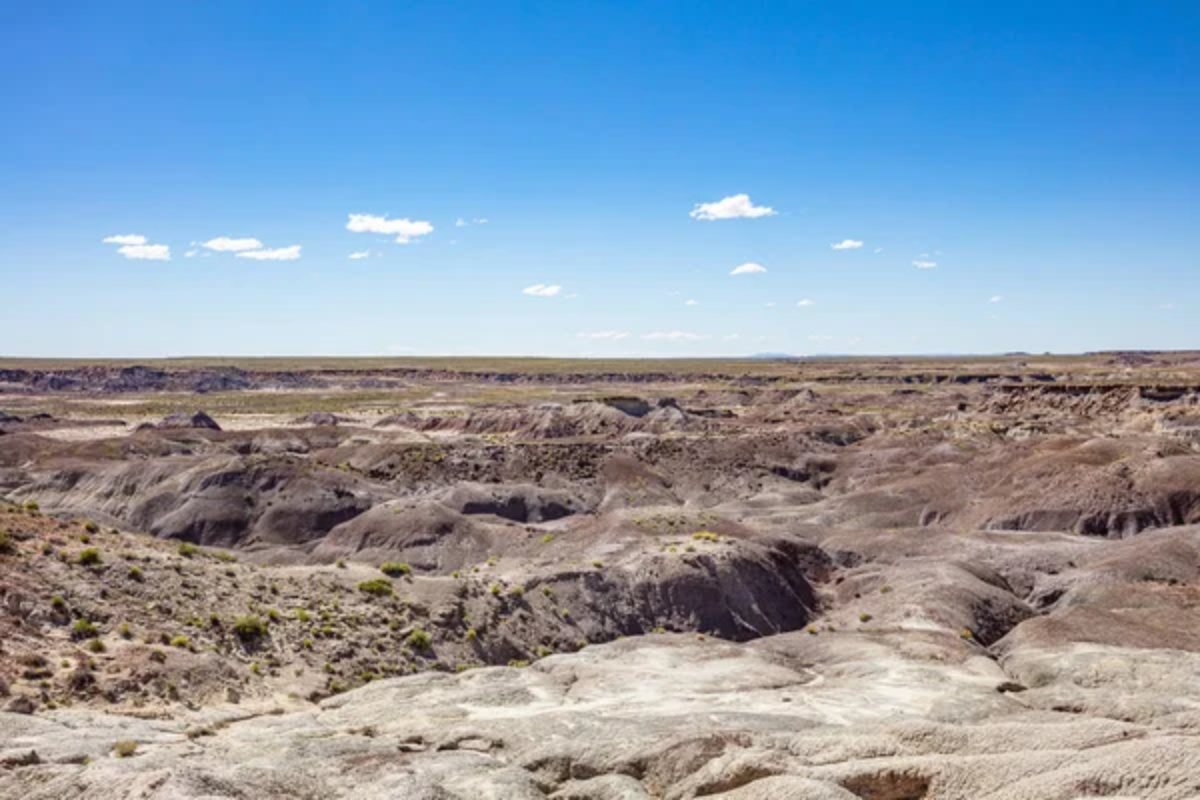
Bands of colorful sedimentary rock stretch across the northern Arizona landscape in hues of lavender, red, orange, and pink that shift throughout the day with changing light. The layered rocks represent millions of years of geological history, with each color indicating different minerals and time periods.
Ancient petrified logs scattered throughout the desert add to the surreal quality of this painted landscape that seems to have been touched by an artist’s brush rather than geological processes.
Namib Desert’s Dead Vlei, Namibia
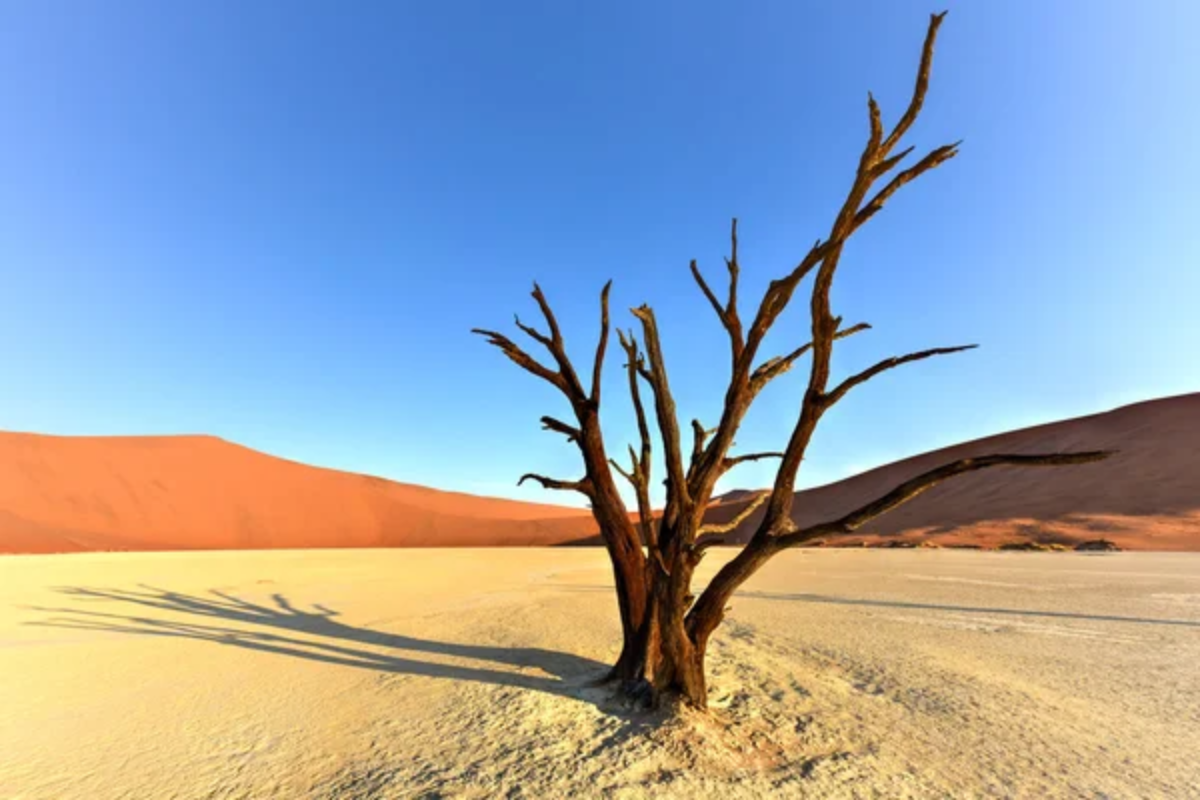
Blackened 900-year-old acacia trees stand preserved in a white clay pan surrounded by towering red sand dunes, creating a stark and haunting tableau. The trees died when climate change caused the water source to dry up, but the extremely dry conditions prevented them from decomposing.
The contrast between the dark skeletal trees, white clay ground, red dunes, and bright blue sky creates one of the world’s most photogenic desert landscapes.
Wadi Rum, Jordan
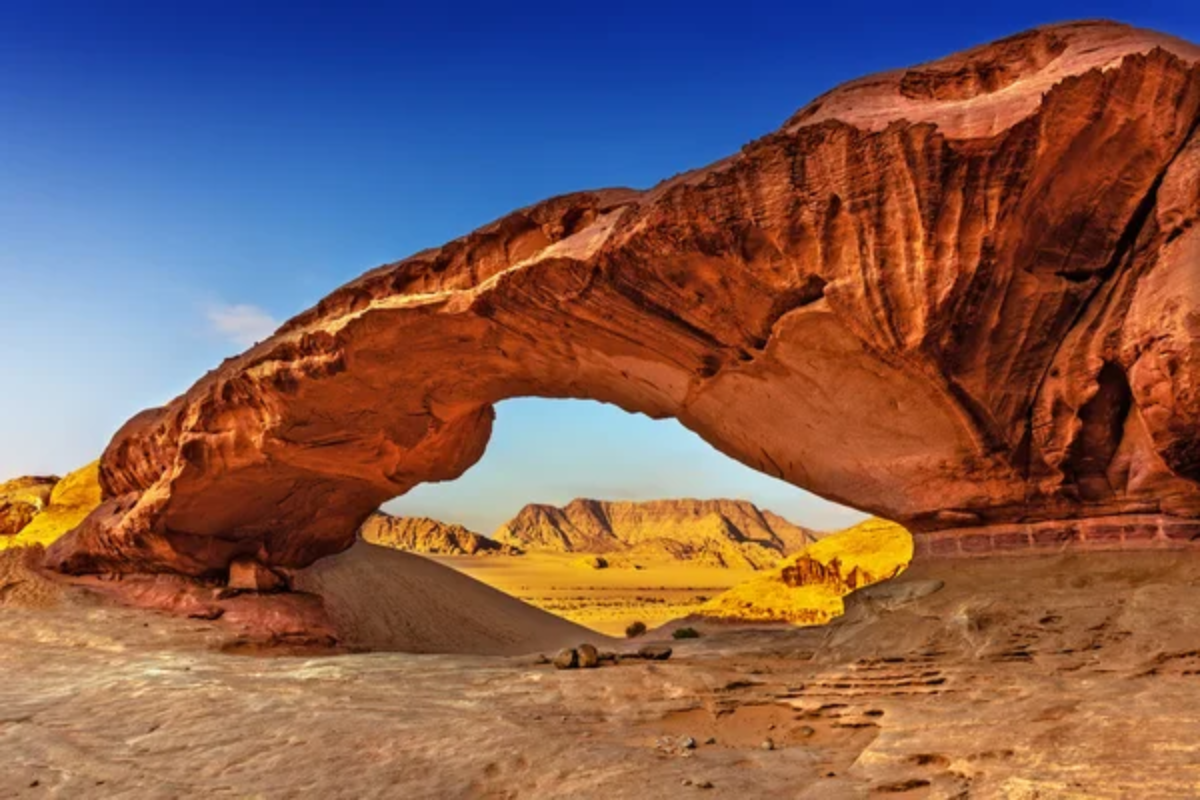
Towering sandstone mountains rise dramatically from rust-colored sands in this desert valley that has served as a stand-in for Mars in numerous films. Wind and water erosion have carved the soft sandstone into spectacular arches, narrow canyons, and mushroom-shaped rocks that seem to defy gravity.
Ancient petroglyphs etched into the canyon walls testify to human presence in this seemingly inhospitable landscape for thousands of years.
Like Travel Pug’s content? Follow us on MSN.
Bisti/De-Na-Zin Wilderness, New Mexico
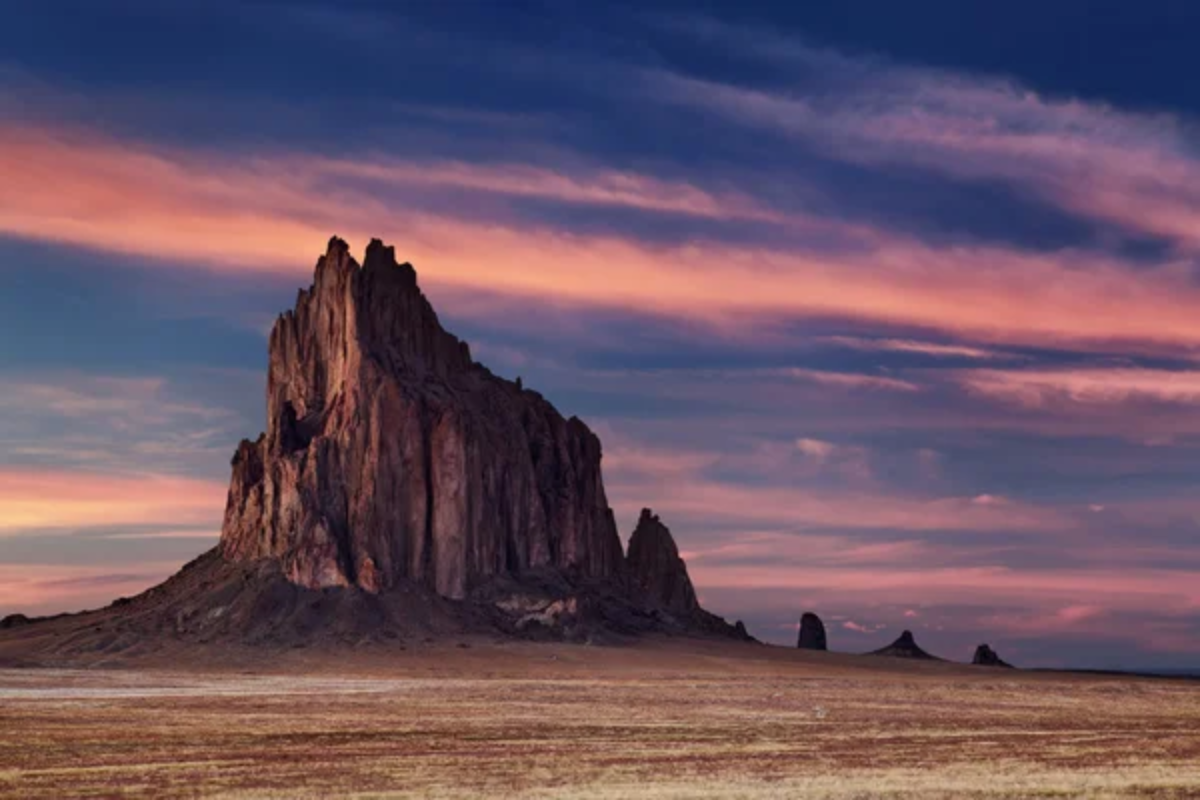
Otherworldly rock formations resembling alien creatures emerge from a barren badlands landscape that was once a coastal swamp teeming with prehistoric life. Time, weather, and erosion have sculpted the soft clay into hoodoos, spires, and balanced rocks that create a surreal garden of stone.
The unusual landscape contains fossils that tell the story of a dramatically different environment that existed here millions of years ago.
White Sands, New Mexico
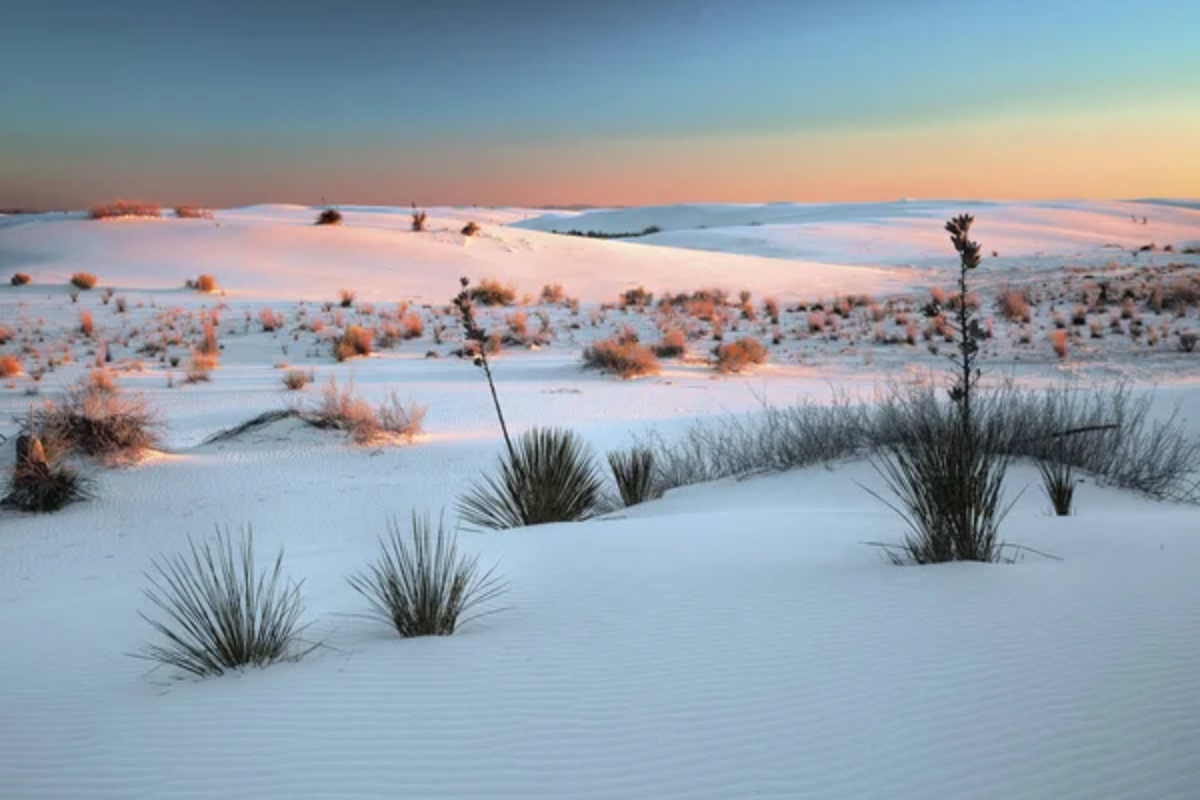
The world’s largest gypsum dune field creates an otherworldly landscape of brilliant white sand that resembles snow drifts under the desert sun. Unlike typical sand dunes composed of quartz, these dunes are made of gypsum crystals that remain cool to the touch even in scorching temperatures.
Plants and animals have evolved unique adaptations to survive in this unusual environment, including some species that have developed white coloration to blend with the gypsum sands.
Crescent Lake, China
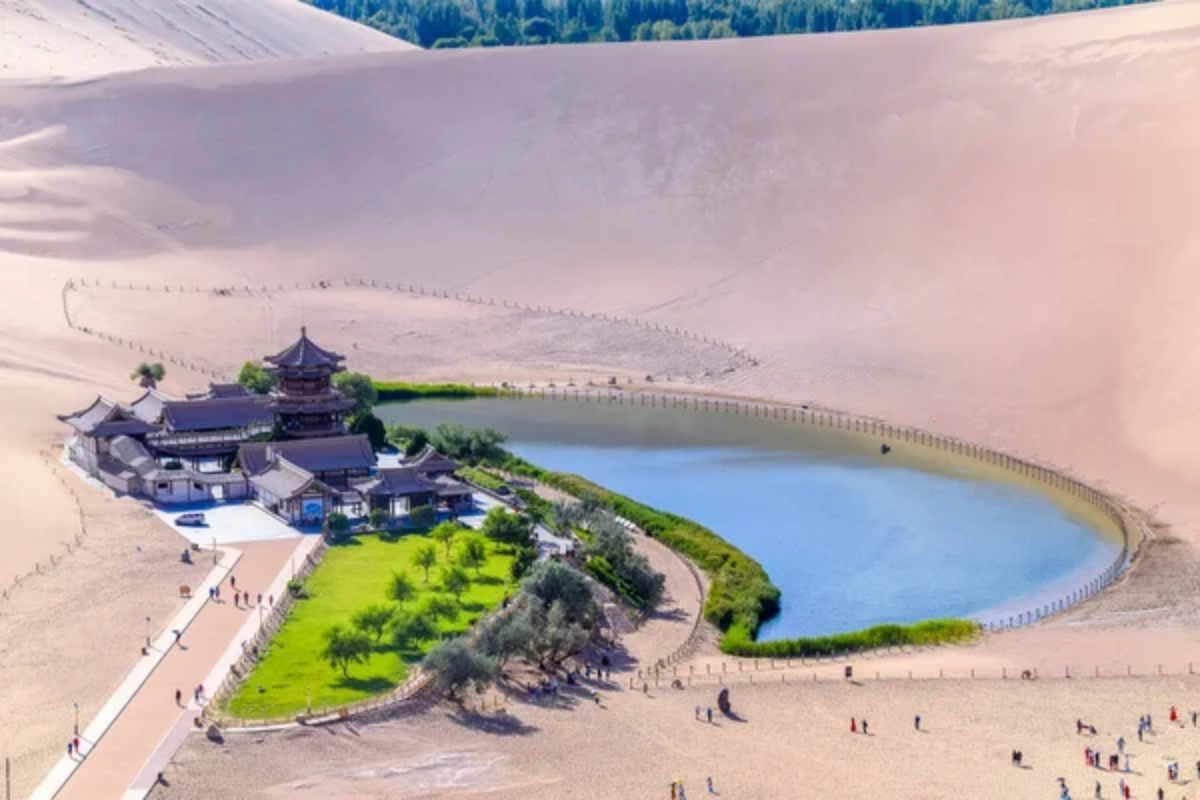
A half-moon-shaped oasis nestled within towering dunes has survived for over 2,000 years in China’s Gobi Desert, creating a scene straight from a fantasy novel. The striking contrast between the azure waters and the surrounding golden dunes creates a visual marvel that appears almost impossibly beautiful.
Ancient trade routes once depended on this reliable water source, while modern irrigation techniques now help maintain this desert jewel that seemed destined to disappear into the sand.
Like Travel Pug’s content? Follow us on MSN.
Valle de la Luna, Chile
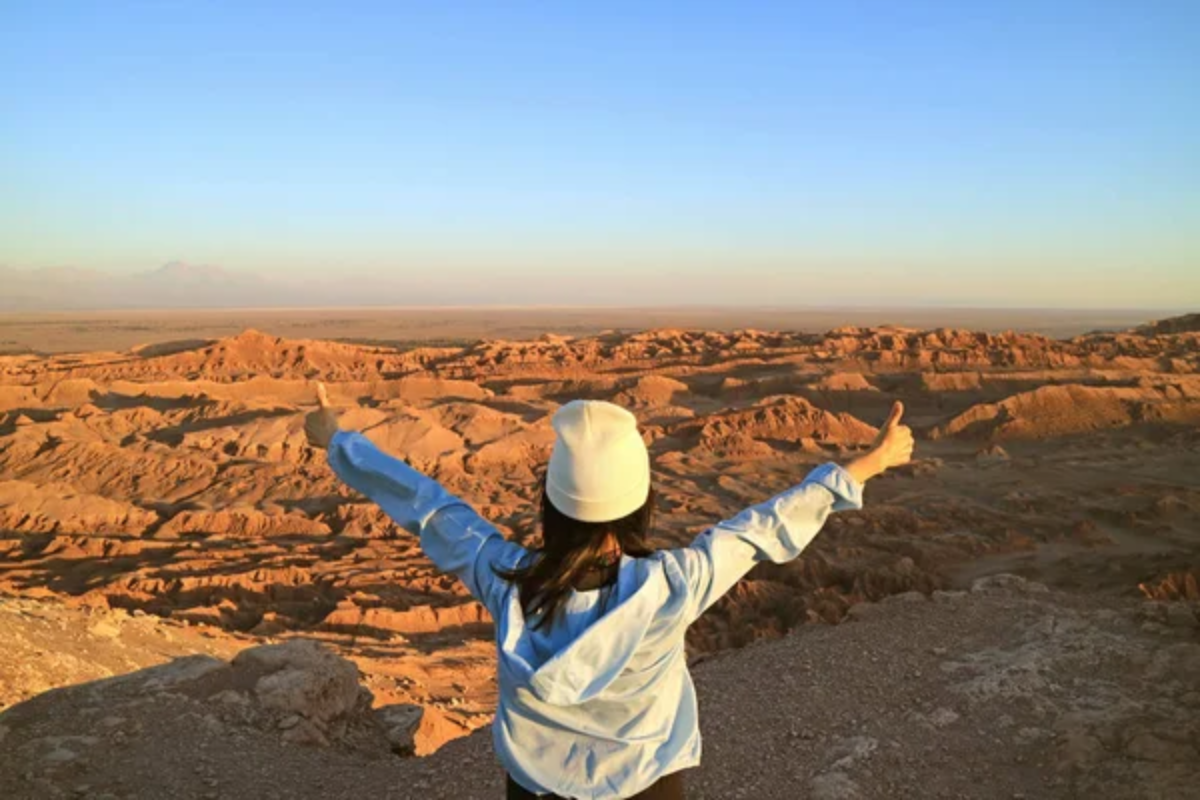
Jagged salt formations, dunes, and stone sculptures create a lunar-like landscape in the driest non-polar desert on Earth, the Atacama. Wind and water erosion have sculpted the terrain into otherworldly formations that glow with surreal colors during sunset.
The extreme dryness and minimal light pollution make this area one of the world’s premier stargazing locations, where the night sky feels close enough to touch.
Chocolate Hills, Philippines
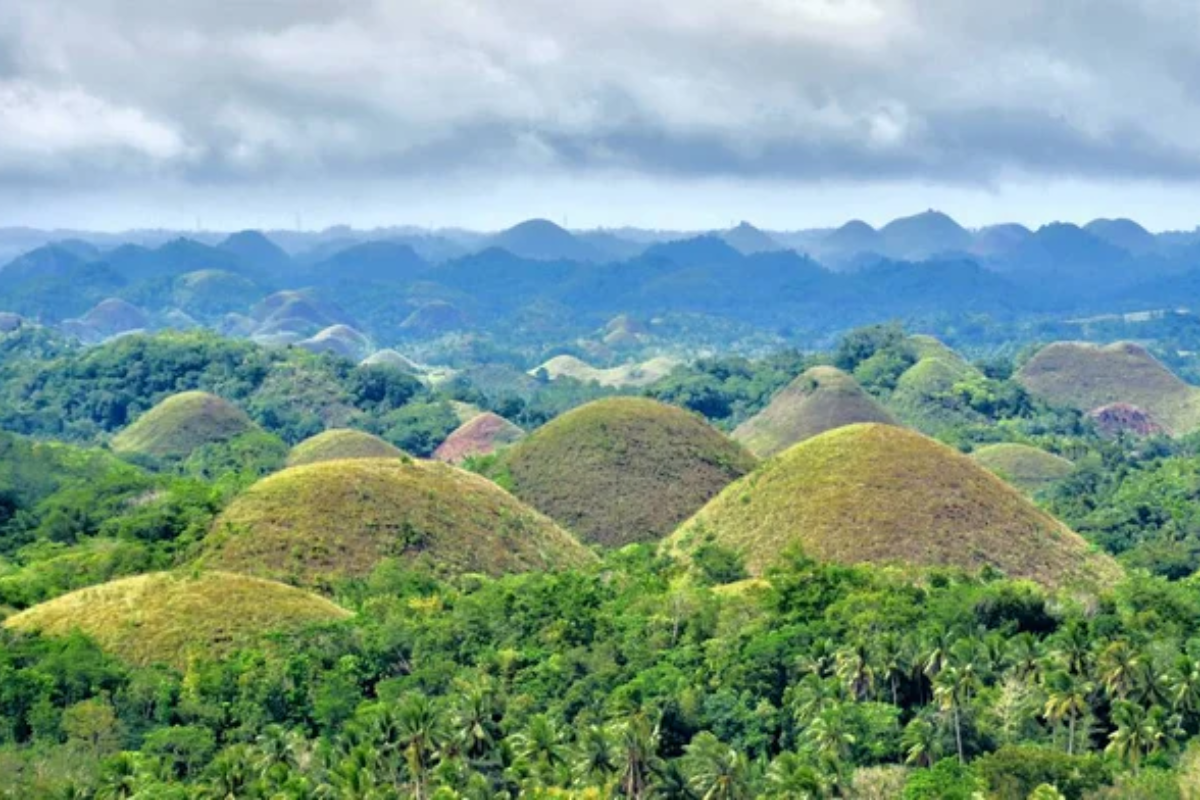
Over 1,200 nearly symmetrical hills rise from the landscape in perfect cone shapes, turning chocolate brown when the vegetation dries out during the dry season. These unusual geological formations are composed of marine limestone covered with grass, creating one of the most distinctive landscapes in Southeast Asia.
Local legends attribute their creation to everything from giants’ tears to battles between mythological creatures, adding cultural richness to this natural wonder.
Richat Structure, Mauritania
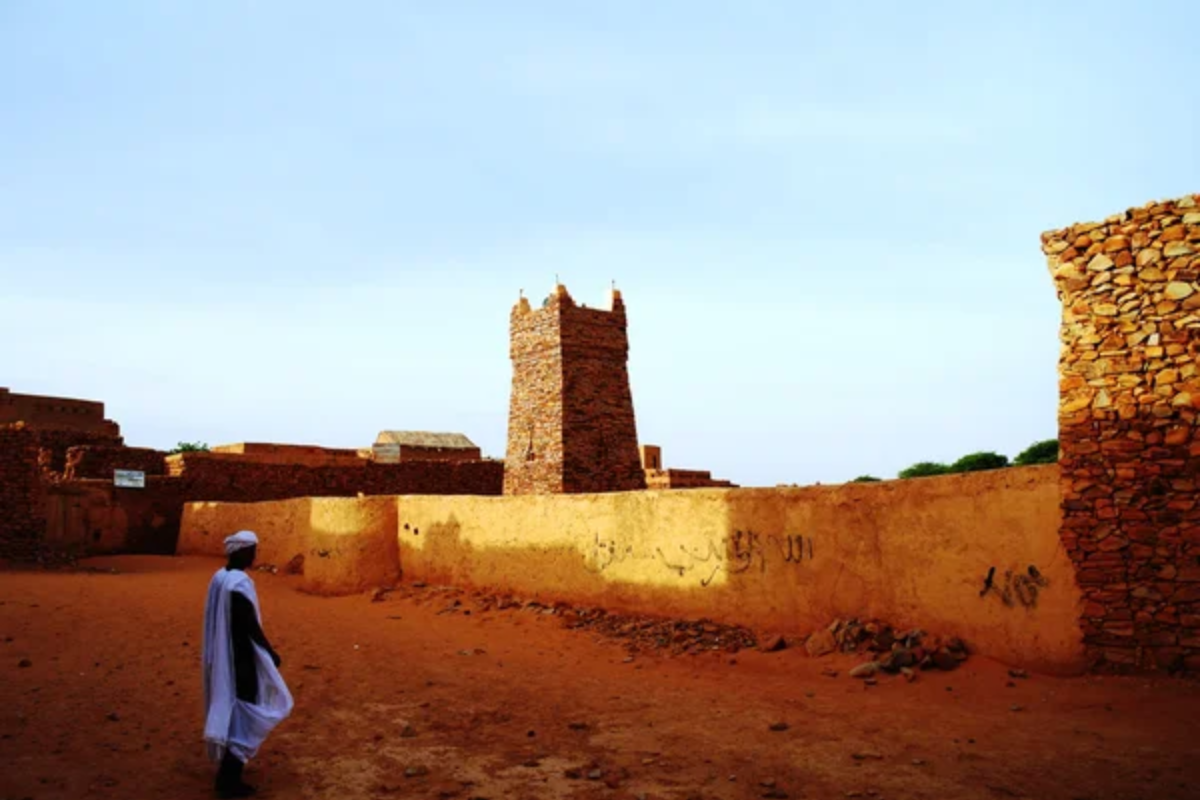
Known as the “Eye of the Sahara,” this massive circular geological formation appears like a giant bullseye in the desert, fully visible only from space. The 30-mile-wide structure consists of concentric rings of different rock types exposed through erosion.
Originally thought to be an impact crater, scientists now believe it formed when a volcanic dome collapsed and eroded, creating the striking circular pattern visible today.
Like Travel Pug’s content? Follow us on MSN.
Dasht-e Lut, Iran

The hottest recorded surface temperatures on Earth have been measured in this Iranian desert, where wind has carved the sandstone into enormous corrugated ridges called yardangs. The otherworldly landscape features towering sand pyramids, salt plains, and sinuous ridges shaped by wind erosion over millennia.
Despite the extreme conditions, researchers have discovered unique microorganisms adapted to survive in what was long considered one of the most lifeless places on the planet.
Pinnacles Desert, Australia
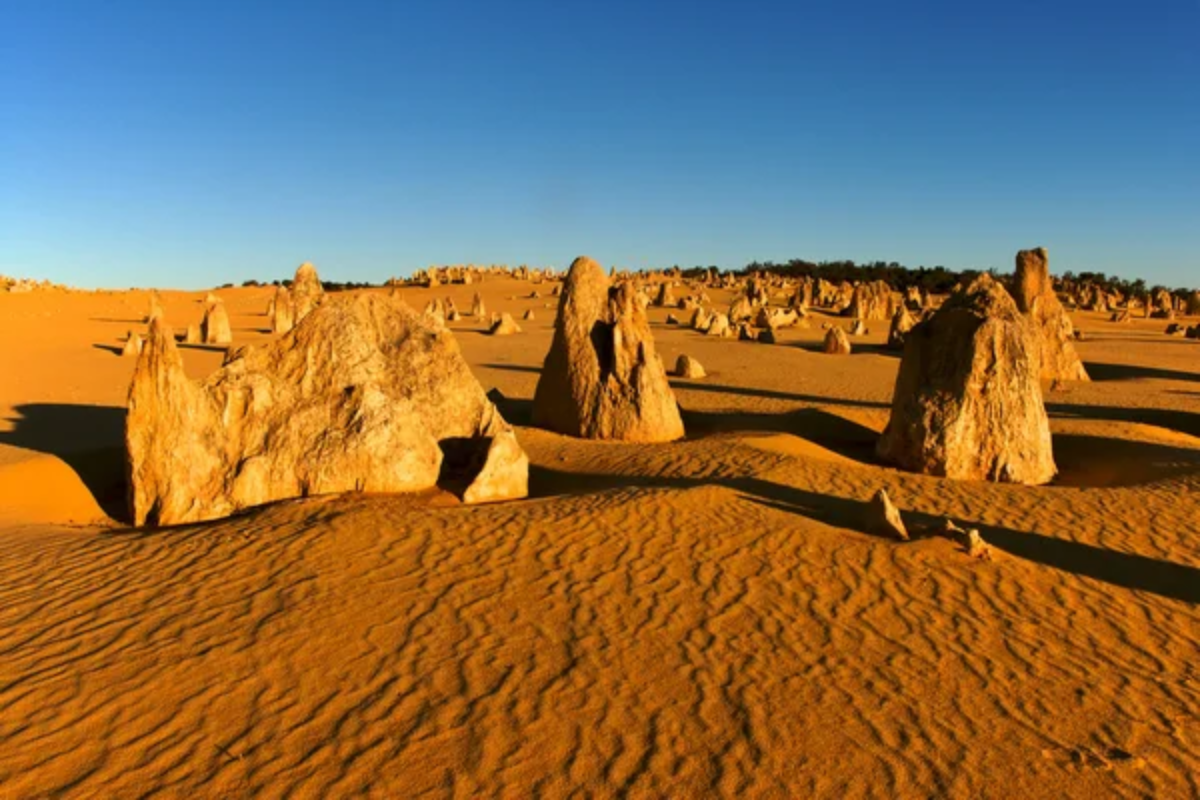
Thousands of limestone pillars rise mysteriously from yellow sand, creating an eerie landscape that resembles an ancient civilization’s ruins. These unusual formations were created when acidic rainwater dissolved the calcium in seashell fragments, creating a hard layer of calcrete that protected the softer limestone beneath from erosion.
The formations are constantly evolving as wind gradually exposes new pinnacles while others slowly erode.
Bardenas Reales, Spain
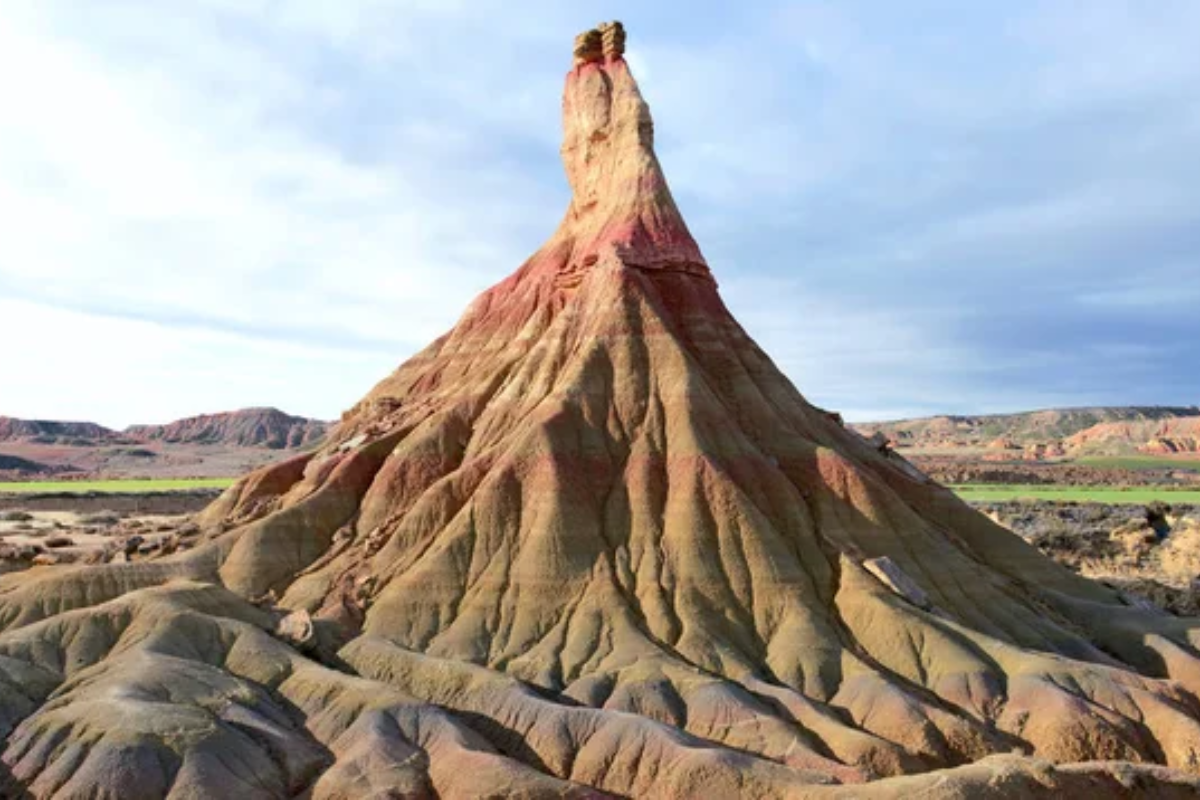
Wind and water have sculpted clay, chalk, and sandstone into a badlands landscape resembling the American West but located unexpectedly in northern Spain. The terrain features labyrinthine ravines, isolated mesas, and dramatic cliffs that have served as backdrops for numerous films and television shows.
Remarkably, this harsh landscape was created in a relatively short geological timeframe through the intense erosion of soft soils after ancient forests were cleared.
Like Travel Pug’s content? Follow us on MSN.
Spotted Lake, Canada
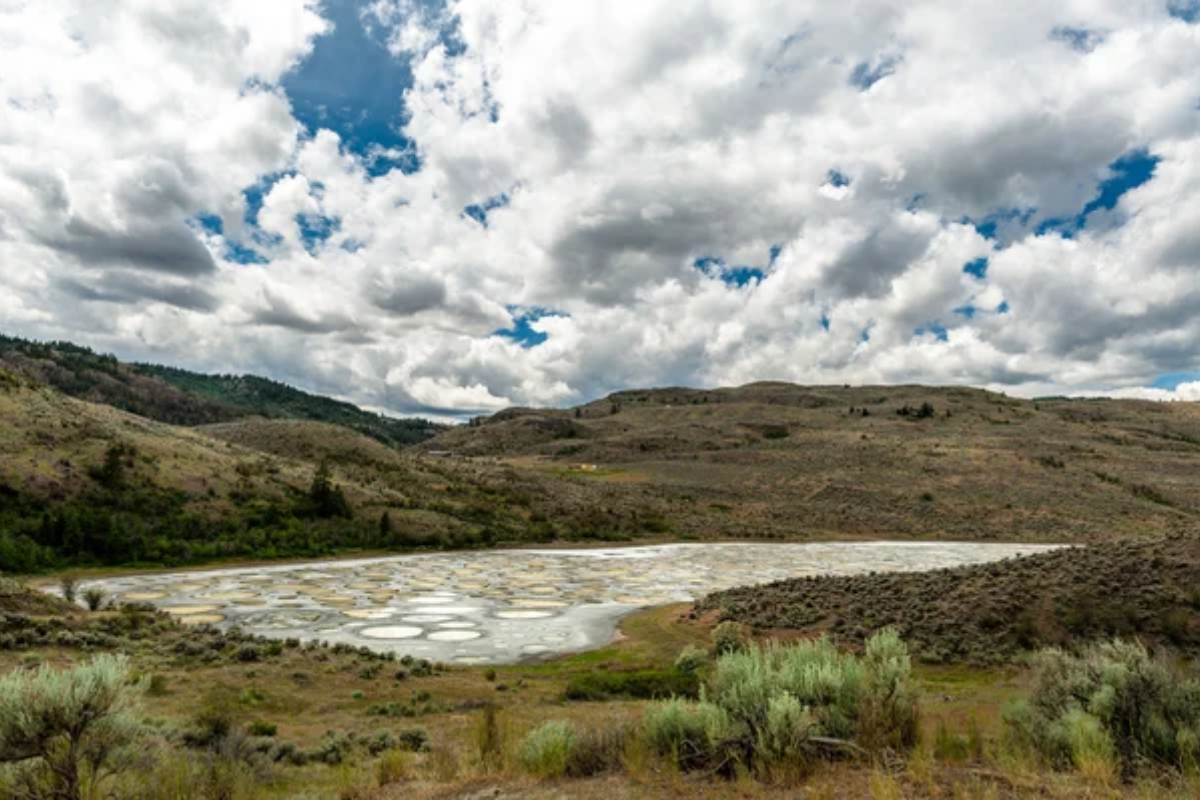
During summer evaporation, minerals in this unusual desert lake concentrate into distinct colored pools that create a polka-dot pattern across the landscape. The waters contain some of the highest concentrations of minerals like magnesium sulfate, calcium, and sodium on the planet.
Indigenous Okanagan peoples have considered this a sacred site with healing properties for centuries, using the mineral-rich mud for medicinal purposes.
Zhangye Danxia, China
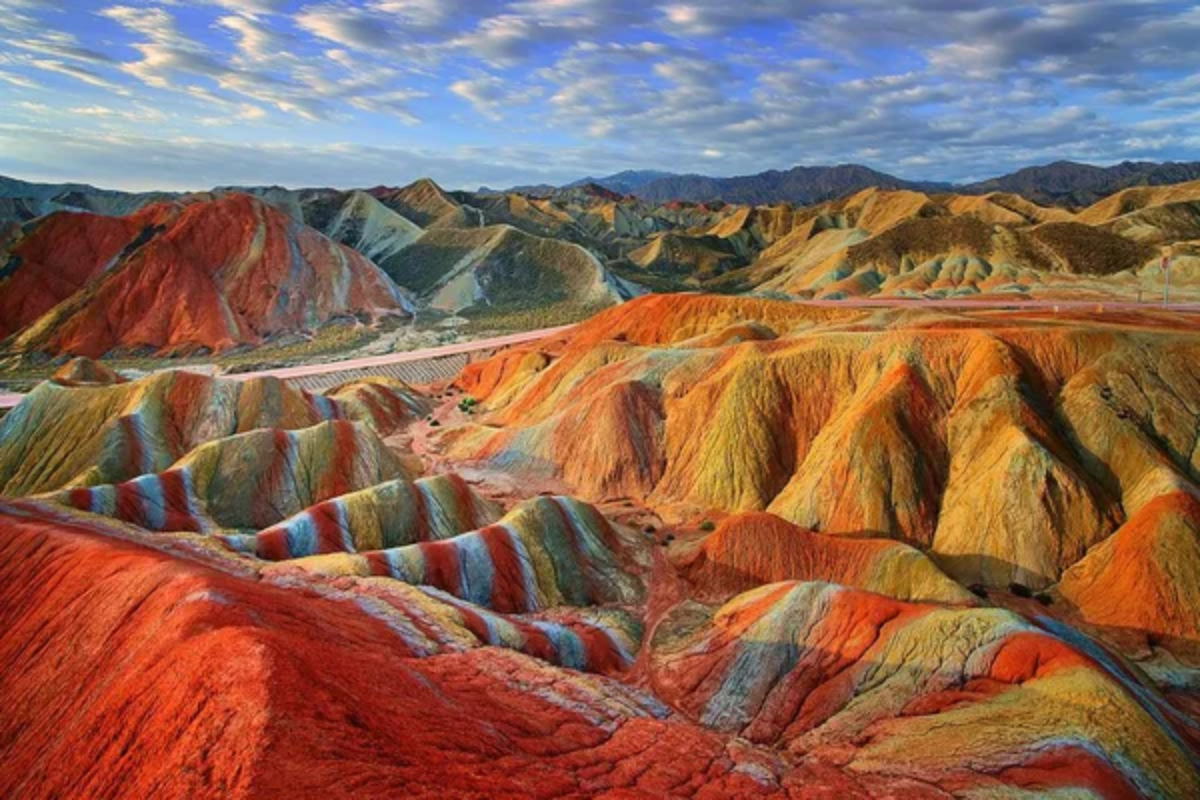
Layers of red sandstone and mineral deposits have created a rainbow-colored mountain range that seems painted with an artist’s brush rather than formed by geological processes. The vibrant stripes represent different mineral deposits laid down over 24 million years when the area was an inland sea.
The surreal landscape inspired the Chinese to include these “rainbow mountains” among their national parks, preserving one of the world’s most colorful geological wonders.
The Door to Hell, Turkmenistan
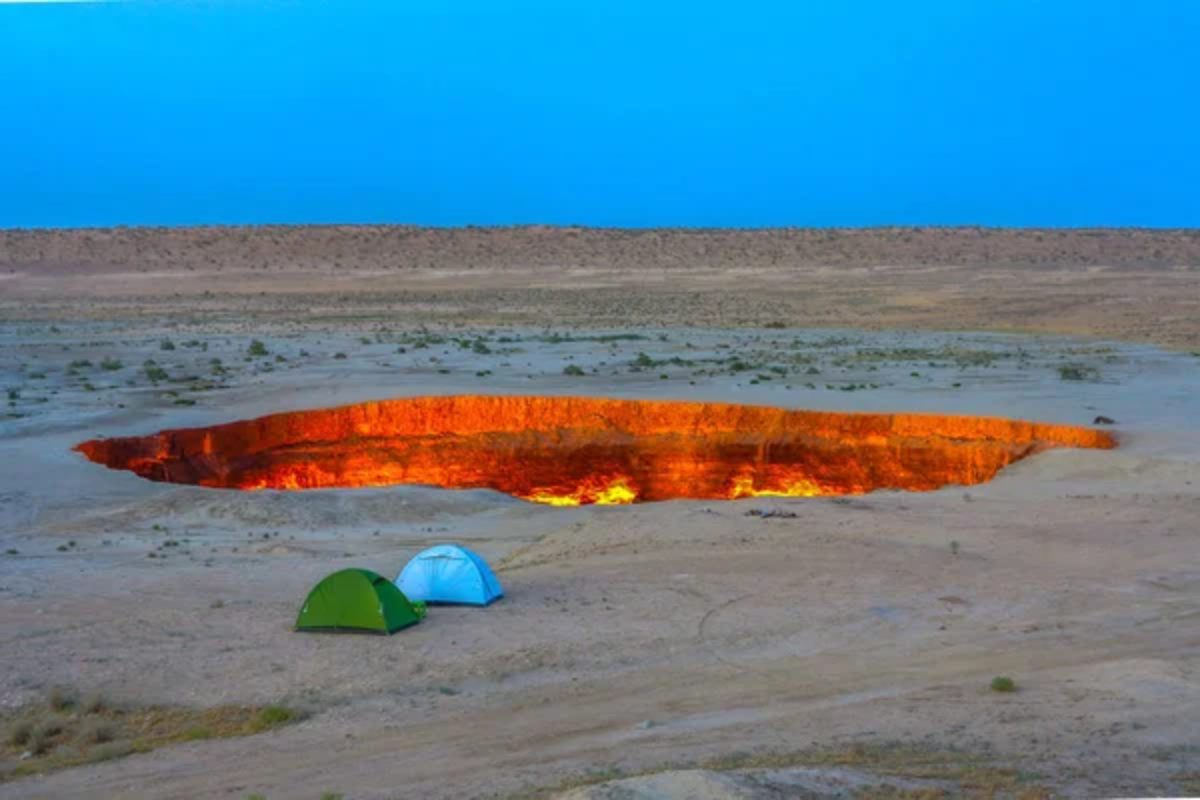
A massive crater in the Karakum Desert has been continuously burning for over 50 years after Soviet engineers accidentally ignited a natural gas cavern that never exhausted its fuel supply. The 230-foot-wide crater glows with an eerie orange light visible for miles across the desert, especially spectacular at night.
Scientists have discovered extremophile bacteria living in this seemingly inhospitable environment, suggesting important implications for understanding how life might exist on other planets.
Like Travel Pug’s content? Follow us on MSN.
The Transformation of Perception
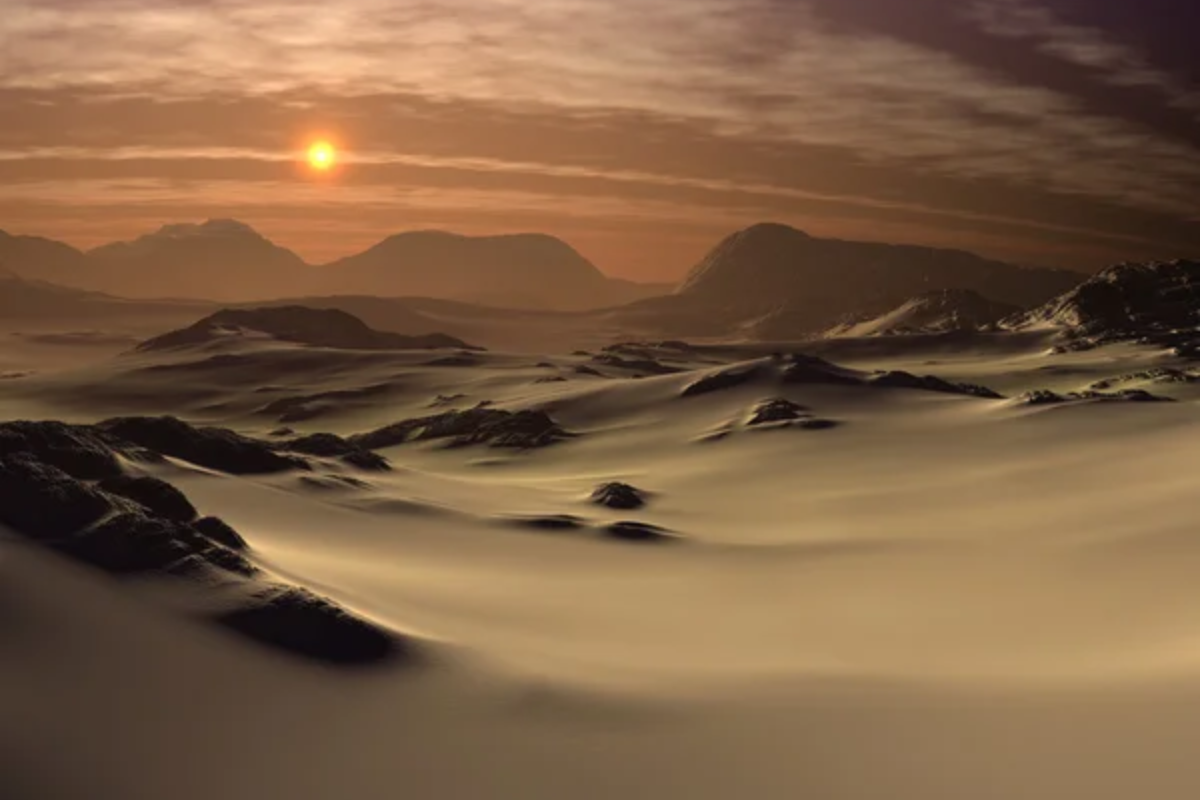
These remarkable landscapes challenge our perception of deserts as barren, lifeless places. Instead, they reveal extraordinary geological processes and the resilience of life in extreme conditions. The unexpected colors, formations, and features of these desert environments demonstrate nature’s remarkable creativity even in the most seemingly inhospitable corners of our planet.
These landscapes remind us that the Earth still harbors places of wonder and mystery—places that seem to belong to another world but exist right here on our remarkable planet.
More from Travel Pug

- Cities Growing so Fast You Won’t Recognize Them in 10 Years
- 13 Destinations Where Tourists Regularly Regret Their Trip
- 16 U.S. Cities That Are Quietly Becoming Travel Hotspots
- Where to Travel If You Love Long Bus Rides and Daydreams
- 20 Cities Perfect for Solo Travelers Who Crave Adventure & Culture
Like Travel Pug’s content? Follow us on MSN.
